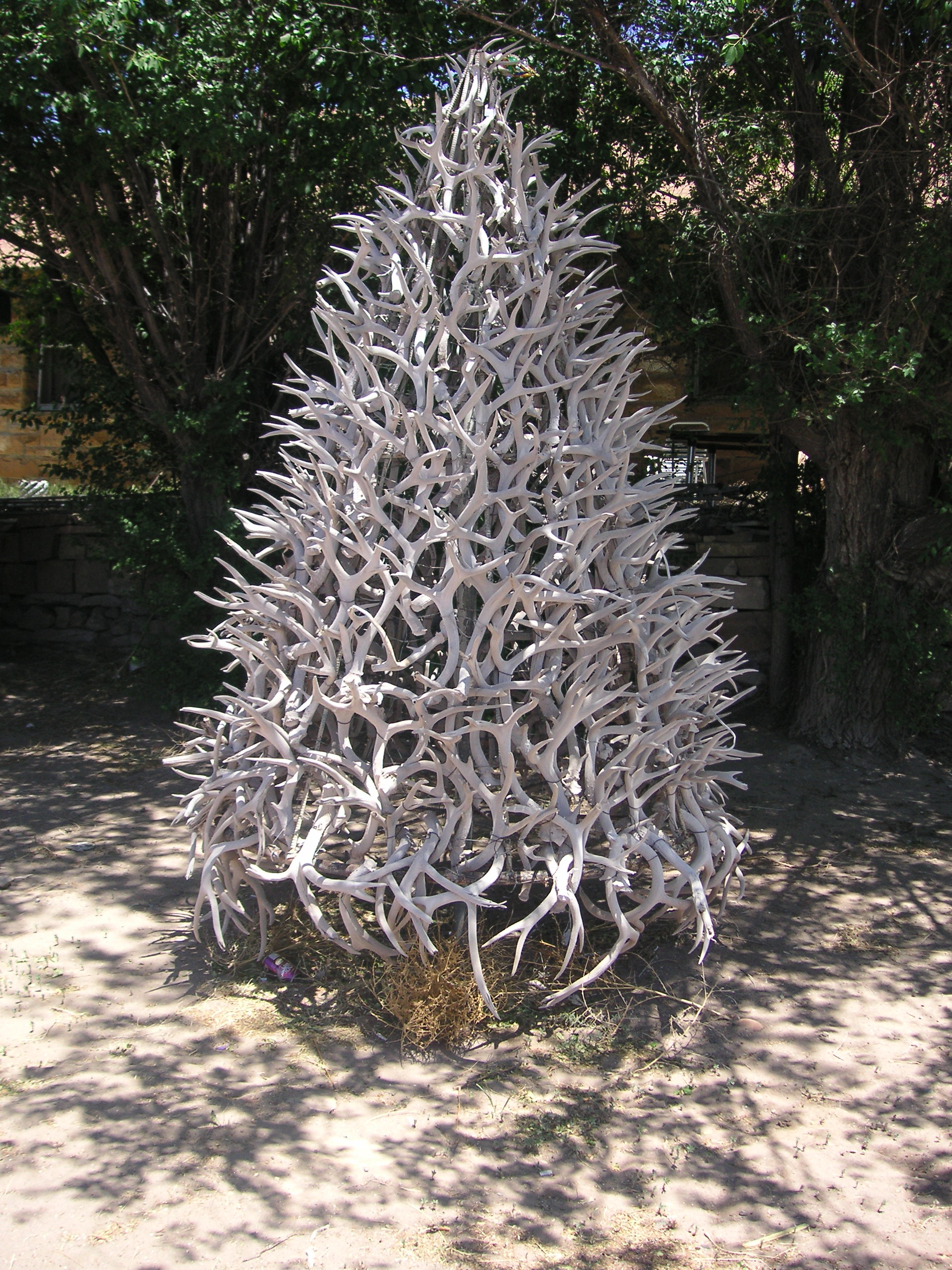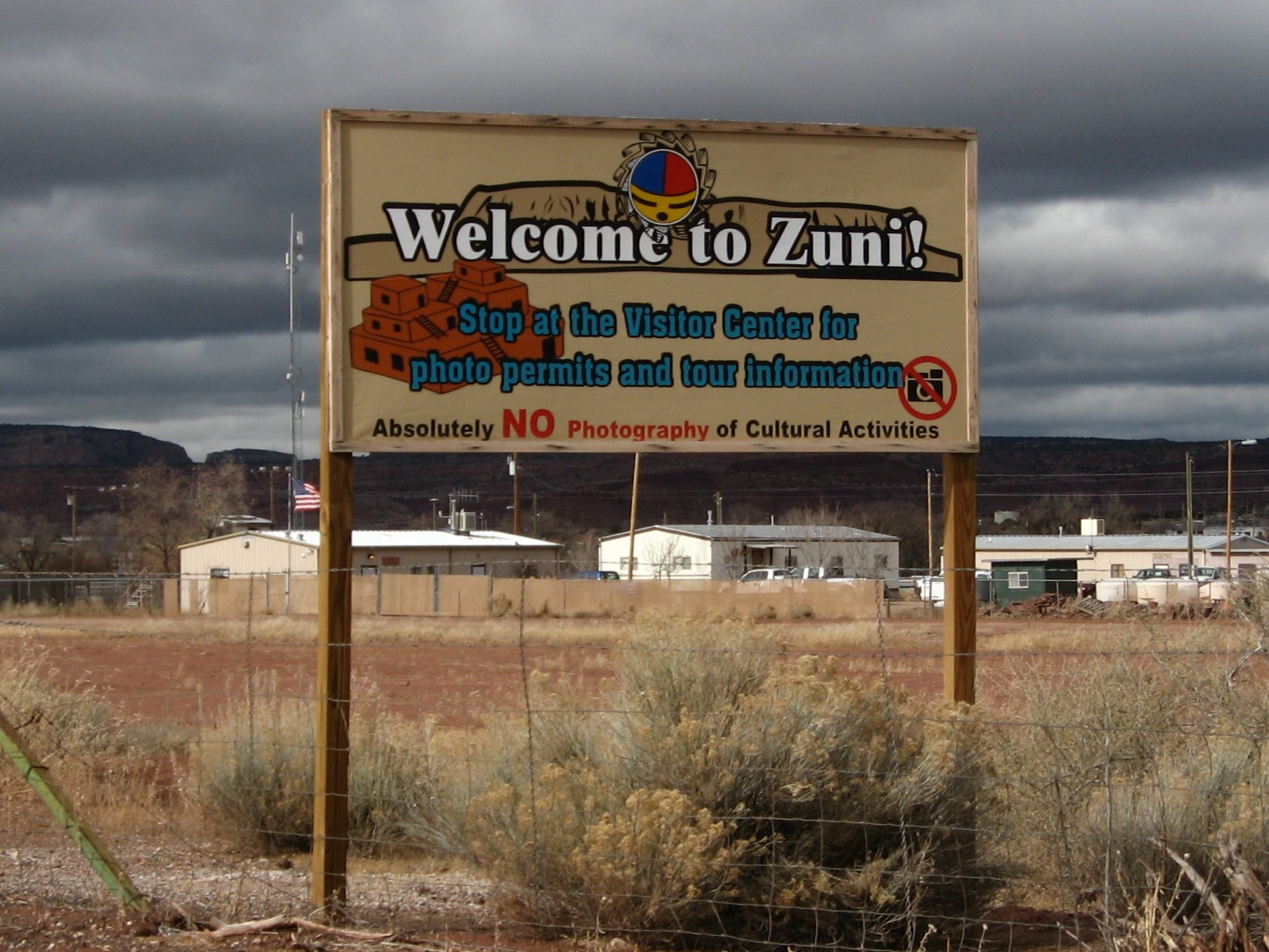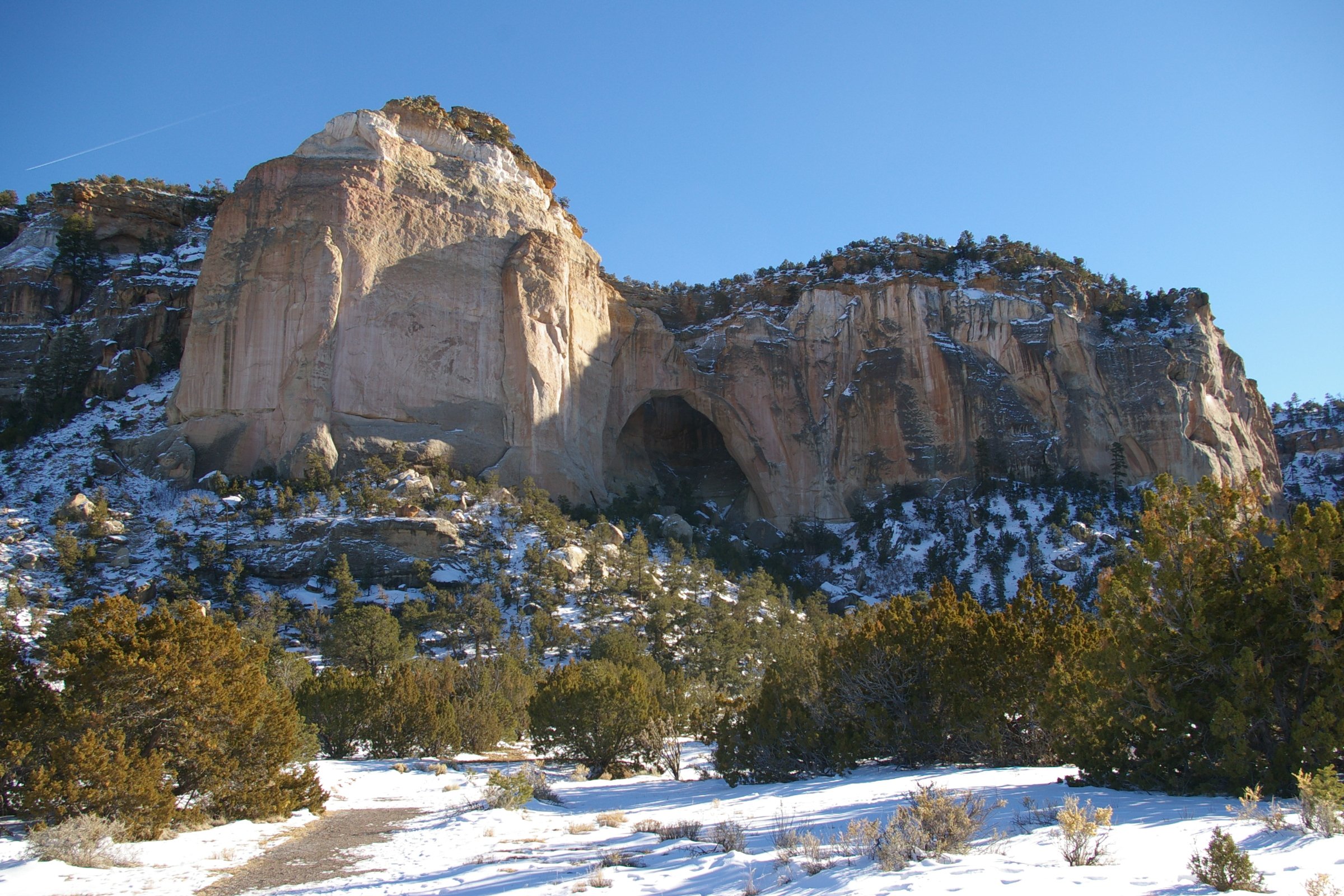|
Quemado Independent Schools
Quemado Independent Schools (Independent School District 2) is a school district headquartered in Quemado, New Mexico, U.S. Shelby Perea of the ''Albuquerque Journal'' described the district, located in a rural area, as being "small". In Catron County the district includes Quemado, Datil, Escudilla Bonita, Homestead, Pie Town, and some areas held by the Zuni Reservation. Additionally the district serves a portion of Cibola County, including Fence Lake. History Joe McDee was superintendent until 1965, when Herman D. Harm of Marsing, Idaho replaced him. In 2019 superintendent David Lackey stated that the district was unable to use New Mexico's school safety funding due to the conditions involved in the funding. Schools It has two schools: a K-12 school called Quemado Elementary and High School, and an elementary school called Datil Elementary School. The latter is a two-room schoolhouse A two-room schoolhouse is a larger version of the one-room schoolhouse, with many of ... [...More Info...] [...Related Items...] OR: [Wikipedia] [Google] [Baidu] |
Quemado, New Mexico
Quemado is a census-designated place in Catron County, New Mexico, United States. As of the 2010 census it had a population of 228. Walter De Maria's 1977 art installation, '' The Lightning Field'', is between Quemado and Pie Town, New Mexico. Jerry D. Thompson, historian of the American Southwest, was reared in Quemado. Geography Climate Quemado (meaning "burnt" in English) was named by Spanish conquistadors due to the blackened stones that cover the earth. It was caused by a fire that preceded the arrival of the Spanish in the early 1500s and the carbon remains partially due to paltry rainfall in the region. Quemado is categorized as being within the 6a USDA hardiness zone, meaning temperatures can get as low as -10 to -5 °F. Demographics Education The school district is Quemado Schools. See also * List of census-designated places in New Mexico New Mexico is a state located in the Western United States. New Mexico has several census-designated plac ... [...More Info...] [...Related Items...] OR: [Wikipedia] [Google] [Baidu] |
Albuquerque Journal
The ''Albuquerque Journal'' is the largest newspaper in the U.S. state of New Mexico. History The ''Golden Gate'' newspaper was founded in June 1880. In the fall of 1880, the owner of the ''Golden Gate'' died and Journal Publishing Company was created. Journal Publishing changed the paper name to ''Albuquerque Daily Journal'' and issued its first edition of the ''Albuquerque Daily Journal'' on October 14, 1880. The ''Daily Journal'' was first published in Old Town Albuquerque, but in 1882 the publication moved to a single room in the so-called new town (or expanded Albuquerque) at Second and Silver streets near the railroad tracks. It was published on a single sheet of newsprint, folded to make four pages. Those pages were divided into five columns with small headlines. Advertising appeared on the front page. The ''Daily Journal'' was published in the evening until the first Territorial Fair opened in October 1881. On October 4 of that year, a morning Journal was published in ord ... [...More Info...] [...Related Items...] OR: [Wikipedia] [Google] [Baidu] |
Albuquerque, New Mexico
Albuquerque ( ; ), ; kee, Arawageeki; tow, Vakêêke; zun, Alo:ke:k'ya; apj, Gołgéeki'yé. abbreviated ABQ, is the most populous city in the U.S. state of New Mexico. Its nicknames, The Duke City and Burque, both reference its founding in 1706 as ''La Villa de Alburquerque'' by Nuevo México governor Francisco Cuervo y Valdés''.'' Named in honor of the Viceroy of New Spain, the Francisco Fernández de la Cueva, 10th Duke of Alburquerque, 10th Duke of Alburquerque, the city was Old Town Albuquerque, an outpost on Camino Real de Tierra Adentro, El Camino Real linking Mexico City to the northernmost territories of New Spain. Located in the Albuquerque Basin, the city is flanked by the Sandia Mountains to the east and the West Mesa to the west, with the Rio Grande and bosque flowing from north-to-south. According to the 2020 United States census, 2020 census, Albuquerque had 564,559 residents, making it the List of United States cities by population, 32nd-most populous city ... [...More Info...] [...Related Items...] OR: [Wikipedia] [Google] [Baidu] |
Catron County, New Mexico
Catron County is a county in the U.S. state of New Mexico. As of the 2010 census, the population was 3,725, making it New Mexico's third-least populous county. Its county seat is Reserve. Catron County is New Mexico's largest county by area. History Human settlement in the Catron County region dates to some of the earliest in the Americas. During the Clovis period, between 10999 BC and 8000 BC, and Folsom period, between 7999 BC and 5999 BC, the Ake Site was occupied near Datil.(ndNational Register of Historic Places - Catron County, New Mexico Retrieved June 13, 2007. Bat Cave, near Horse Springs, was occupied around 3,500 BC. The Mimbres culture was expressed by the Mogollon people. They lived throughout the Catron County area from AD 1000 to 1130. Their art is renowned for its beauty. In the 16th century, Spanish explorers and colonists came to the region, declaring it in 1598 to be part of Santa Fé de Nuevo México, a province of New Spain in the Americas. The prov ... [...More Info...] [...Related Items...] OR: [Wikipedia] [Google] [Baidu] |
Datil, New Mexico
Datil is a census-designated place in Catron County, New Mexico, United States. As of the 2010 census it had a population of 54. Located at the intersection of U.S. Route 60 and New Mexico State Road 12, Datil is on the edge of the Cibola National Forest. The Very Large Array is also nearby. Rock climbers are attracted to Datil because it holds the Enchanted Tower, a climbing hotspot. History Datil is named after the nearby Datil Mountains. The name of the mountains came in turn from the Spanish word '' dátil'', meaning “date”; the name most likely resulted from the fruit-like appearance of the seedpods of local yucca species. The town lay along the Magdalena Stock Driveway. The driveway, which had wells spaced every ten miles along its length, was used by ranchers during the late 19th to mid-20th century as they drove cattle from Springerville, Arizona, to the railroad at Magdalena. The Bureau of Land Management maintains a campsite, Datil Well Campground, at the locati ... [...More Info...] [...Related Items...] OR: [Wikipedia] [Google] [Baidu] |
Escudilla Bonita, New Mexico
Escudilla Bonita is a census-designated place in Catron County, New Mexico, United States. Its population was 119 as of the 2010 census. Geography Escudilla Bonita is located at . According to the U.S. Census Bureau, the community has an area of ; is land and is water. Demographics Education The school district is Quemado Schools Quemado Independent Schools (Independent School District 2) is a school district headquartered in Quemado, New Mexico, U.S. Shelby Perea of the '' Albuquerque Journal'' described the district, located in a rural area, as being "small". In Catr .... References Census-designated places in New Mexico Census-designated places in Catron County, New Mexico {{NewMexico-geo-stub ... [...More Info...] [...Related Items...] OR: [Wikipedia] [Google] [Baidu] |
Homestead, New Mexico
Homestead is a census-designated place in Catron County, New Mexico, United States. Its population was 47 as of the 2010 census. Geography Homestead is located at . According to the U.S. Census Bureau, the community has an area of ; is land and is water. Demographics Education The school district is Quemado Schools Quemado Independent Schools (Independent School District 2) is a school district headquartered in Quemado, New Mexico, U.S. Shelby Perea of the '' Albuquerque Journal'' described the district, located in a rural area, as being "small". In Catr .... References Census-designated places in New Mexico Census-designated places in Catron County, New Mexico {{NewMexico-geo-stub ... [...More Info...] [...Related Items...] OR: [Wikipedia] [Google] [Baidu] |
Pie Town, New Mexico
Pie Town is an unincorporated community and census-designated place located along U.S. Highway 60 in Catron County, New Mexico, United States. As of the 2010 census, it had a population of 186. Pie Town's name comes from an early bakery that specialized in dried-apple pies; it was established by Clyde Norman in the early 1920s. Pie Town has been noted for its colorful place name. Pie Town is the location of a "Pie Festival" on the second Saturday of each September. Pie Town is located immediately north of the Gila National Forest and not very far west of the Plains of San Agustin, the location of the Very Large Array radio telescope, which is also located along U.S. 60. In addition, one of the ten large radio antennas that form the Very Long Baseline Array of the National Radio Astronomy Observatory can be seen from U.S. 60, just east of Pie Town. Depictions in media Pie Town and its people were photographed in 1940 by Russell Lee, a photographer for the Farm Security Admini ... [...More Info...] [...Related Items...] OR: [Wikipedia] [Google] [Baidu] |
Zuni Reservation
The Zuni Indian Reservation, also known as Pueblo of Zuni, is the homeland of the Zuni tribe of Native Americans. In Zuni language, the Zuni Pueblo people are referred to as A:shiwi, and the Zuni homeland is referred to as Halona Idiwan’a meaning Middle Place. Location The reservation lies in the Zuni River valley and is located primarily in McKinley and Cibola counties in western New Mexico, about west of Albuquerque. There are also several smaller non-contiguous sections in Apache County, Arizona, northwest of the city of St. Johns. The main part of the reservation borders the state of Arizona to the west and the Ramah Navajo Reservation to the east. The main reservation is surrounded by the Painted Cliffs, the Zuni Mountains, and the Cibola National Forest. The reservation's total land area is 723.343 sq mi (1,873.45 km²). As noted above, the Zuni Tribe also has land holdings in Apache County, Arizona, and Catron County, New Mexico, that do not border the m ... [...More Info...] [...Related Items...] OR: [Wikipedia] [Google] [Baidu] |
Cibola County, New Mexico
Cibola County is a List of counties in New Mexico, county in the U.S. state of New Mexico. As of the 2010 United States Census, 2010 census, the population was 27,213. Its county seat is Grants, New Mexico, Grants. It is New Mexico's youngest county, and the third youngest county in the United States, created on June 19, 1981, from the westernmost four-fifths of the formerly much larger Valencia County, New Mexico, Valencia County. Cibola County comprises the Grants, New Mexico Micropolitan Statistical Area. The county is a rich mining area with numerous Uranium mines. Geography According to the U.S. Census Bureau, the county has an area of , of which is land and (0.05%) is water. Adjacent counties * McKinley County, New Mexico, McKinley County - north * Sandoval County, New Mexico, Sandoval County - northeast * Bernalillo County, New Mexico, Bernalillo County - east * Valencia County, New Mexico, Valencia County - east * Socorro County, New Mexico, Socorro County - southea ... [...More Info...] [...Related Items...] OR: [Wikipedia] [Google] [Baidu] |
Fence Lake, New Mexico
Fence Lake is a census-designated place located in southwestern Cibola County, New Mexico, United States. Designated in 1980 by the United States Census Bureau, Fence Lake had a population of 42 as of the 2010 census. The area is largely ranchland, and there are few businesses there. It was named after a small village which is contained within its boundaries. Demographics As of the 2010 census, the population of the Fence Lake CDP was 42, consisting of 23 households, of which 11 were families. Females were 54.8% of the population. The racial make-up of the CDP was 26.2% Native American, 71.4% White, and 2.4% Asian. Hispanic or Latino of any race was 4.8% of the population. Geography Fence Lake is located along New Mexico State Road 36, south of NM 53. It is south of Gallup and northwest of Quemado. Its coordinates are . Average rainfall, inches: January 1.1; February 1.1; March 1.2; April 0.7; May 0.7; June 0.5; July 2.4; August 2.6; September 1.6; October 0.9; Novembe ... [...More Info...] [...Related Items...] OR: [Wikipedia] [Google] [Baidu] |
Marsing, Idaho
Marsing is a city in Owyhee County, Idaho. The population was 1,031 at the time of the 2010 census. It is part of the Boise metropolitan area. Geography Marsing is located at (43.545484, -116.807811), at an elevation of above sea level. The city is on the Snake River, which forms the border with Canyon County. According to the United States Census Bureau, the city has a total area of , of which is land and is water. Highways State Highway 55 connects the city with Canyon County and continues to Nampa to the northeast. Two miles (3 km) west of Marsing, Highway 55 connects with U.S. Route 95, the primary north–south route for the state and its primary connection to western Nevada and northern California. State Highway 78 heads southeast to Murphy and Grand View within Owyhee County. Demographics 2010 census As of the census of 2010, there were 1,031 people, 371 households, and 266 families living in the city. The population density was . There were 403 housing un ... [...More Info...] [...Related Items...] OR: [Wikipedia] [Google] [Baidu] |

.png)

